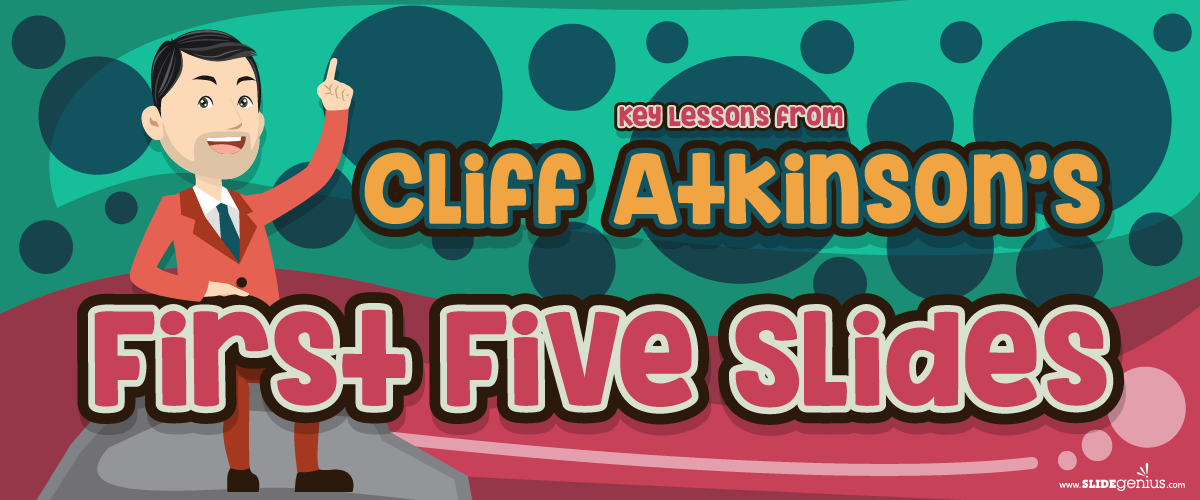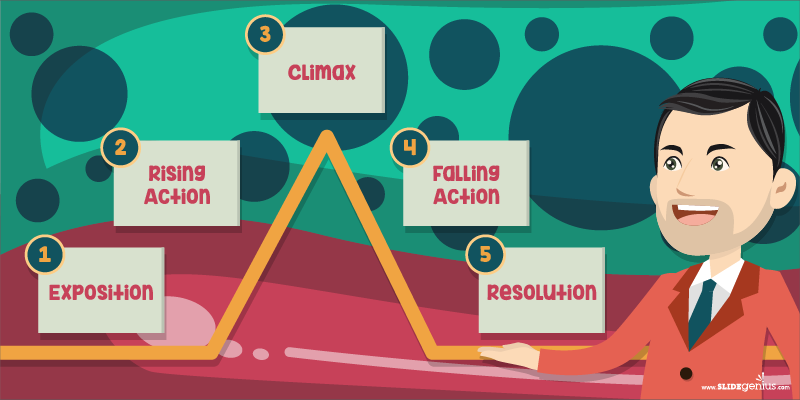Engaging into a question and answer session with the audience is the best way for you to get feedback. Being offered their opinion about how you did and how well the whole talk was makes your presentation more engaging and further clarifies the points you’ve made. Additionally, it gives you insights on how you can make better presentations in the future.
You won’t be able to cover every detail during your business presentation, so it’s important to always anticipate questions beforehand. While the three following queries seem simple enough on their own, don’t underestimate your audience’s ability to catch you off guard. It’s a good idea to be prepared for any variation of…
Question #1: What do you do?
The beginning of your deck should include an introduction that contains your contact details and a brief primer of your company. But this kind of information isn’t enough for the audience to know what your business is all about.
Your deck should cover every possible aspect of the purpose, service, and benefit that you provide while avoiding delays caused by an overly detailed discussion. If you have to reexplain your introduction towards the end of your business presentation, don’t just assume that the audience didn’t pay enough attention.
This type of question could mean that you didn’t spend enough time to explain your purpose or that your audience simply wants to know more details. Especially with the latter, that tells of their curiosity. Aren’t you glad they’re interested?
Question #2: What’s your product?
There are several ways to phrase this question: “How does this product benefit your prospects?” “How useful is it?” “Is it worth the investment?” In other words, why should they choose you?
You should be able to answer all those questions and provide concrete reasons to support your claims. Going into detail with this particular question in mind is good since this means that your audience is curious about your brand. This is a way for you to slowly build up their trust. Knowing your product well adds to your credibility.
Seal the deal by convincing your prospects that your offer is worth their time and resources.

Question #3: How long does it take?
This type of question asks for specificity. It shows that the audience is thinking, “How soon will I start seeing results?”
Provide a financial projection that gives a realistic assessment of your project. Tell them when they can expect to see the results and only promise what you can deliver on time and on a realistic budget.
Scott Gerber, entrepreneur and angel investor, learned the hard way from being rejected by investors for his company. One of the most important lessons he learned was that venture capitalists that have seen it all can gauge the feasibility of your plans, so be realistic and avoid aiming for a multimillion investment without the experience to back it up.
You’ll know how eager your audience is when you hear them ask about your project timetable. Being asked this at the end of your business presentation usually means you’ve generated enough interest that’ll soon translate to sales.
Final Thoughts
Keep your answers short and concise since you’re nearing the end of your presentation. Concise answers are easier to remember and will help end your presentation on time.
The responses you receive will help gauge your own persuasiveness as a speaker. So don’t be content with a silent response. Get the ball going by answering some of these questions by reiterating your main points.
The success of your pitch depends on how well you respond to these FAQs. Don’t let the simplicity of these questions fool you; prepare how to answer them beforehand.
Resources:
Gerber, Scott. “6 Steps to the Perfect Pitch.” Entrepreneur. May 21, 2009. www.entrepreneur.com/article/201826
Greene, Charles. “Presentation Skills: 5 Tips to Improve Your Q&A.” CharlesGreene.com. August 27, 2012. www.charlesgreene.com/2012/08/5-tips-to-improve-your-qa-sessions
Pivovarov, Artur. “Presentation Skills. Unit 8: Dealing with Questions.” SlideShare. May 1, 2012. www.slideshare.net/ArturPivovarov/unit-8-12763217
“Conducting a Q&A Session.” Boundless. n.d. www.boundless.com/communications/textbooks/boundless-communications-textbook/delivering-the-speech-12/managing-q-a-68/conducting-a-q-a-session-268-4213











